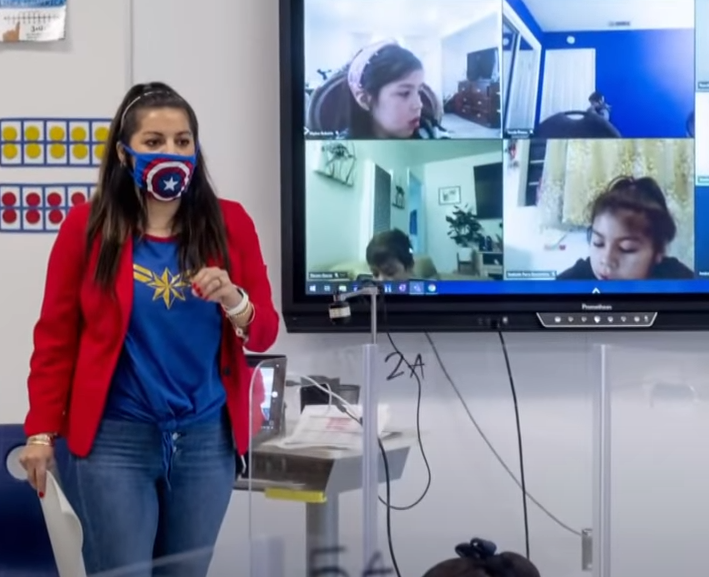Report: Remote Learning led to many student absences

The numbers are in and the U.S. education landscape looks bleak, according to a report published by the Government Accountability Office (GAO). The report acknowledged that virtual or remote learning did not provide more or equal access for students, despite school districts’ efforts.
The GAO report said that an estimated 1.1 million teachers across the country reported at least one student who never showed up to class during the 2020-2021 school year. According to the GAO, “Many students faced difficulties staying engaged in school or disappeared from school altogether.”
As Accuracy in Academia previously reported, remote learning was not beneficial to students from struggling backgrounds, whether it be single-parent homes or impoverished families affected by government lockdown policies.
The federal agency estimated that “nearly half (48 percent) of public elementary and secondary school teachers nationwide had at least one student who was registered but never showed up for class during the 2020-21 school year.” The report added, “Of these teachers, nearly three quarters (72 percent) said this was more than in a typical year.”
Overall, the missing students was not a limited phenomenon; it affected classes that were attended regularly in-person, remotely, or a hybrid (remote and in-person) model. However, the teacher surveys did show that remote classes saw higher rates of students not showing up to class.
High school teachers saw the most absences, with about 65% of teachers saying that at least one of their students never attended classes. For grades 3-5, that percentage is 45% and 31% for kindergarten.
The report also pointed out that their findings were a “conservative estimate of the number of unaccounted-for students.”
According to the surveyed teachers, the main obstacles preventing class attendance by students were unreliable internet access, did not have a device with internet access, limited or no adult supervision at home, difficulty adapting to remote learning and testing, work commitments that interfered with classes or taking care of a family member. The report noted that 57% of high school teachers believed that work interfered with high school students’ attendance. Meanwhile, taking care of a family member was another major factor in student absences, with 48% of high school teachers believing that was the case.
Another unsurprising data point was that the absent students usually came from non-white and urban schools. GAO’s report found, “Teachers in majority non-White schools and urban schools more commonly reported having students who never showed up in 2020-21, compared to other teachers.”
The data is in and even the federal government agreed that remote learning is bad for students.




